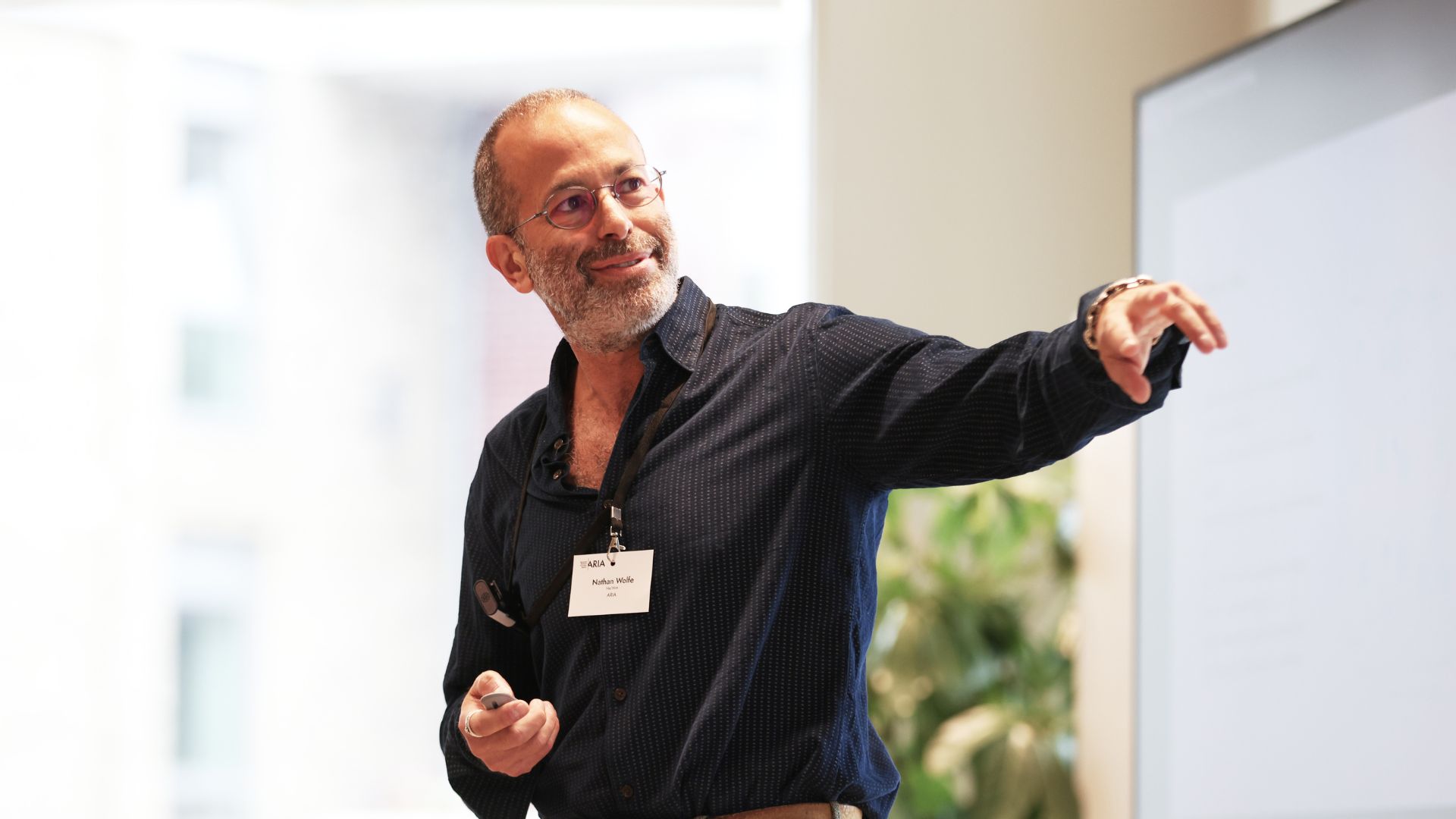3 October 2025
Building a revolutionary toolkit to programme mitochondrial DNA
Our major new programme backed by £55m aims to build a toolkit for studying and editing mitochondrial DNA.

The dysfunction of the mitochondrial genome contributes to some of our most challenging health conditions, such as Alzheimer's, Parkinson's, cancer, diabetes, and the ageing process. While scientists have developed sophisticated tools to study and modify other types of DNA, like CRISPR, the tools for working with mitochondrial DNA remain rudimentary. For the first time, this programme will bring the full power of modern genetic engineering techniques to mitochondria, enabling scientists to investigate exactly how mitochondrial health connects to disease.
Our goal is to make mitochondrial DNA "programmable", meaning scientists could modify it precisely and predictably in living organisms. In the longer term, the research could lead to groundbreaking therapies that reprogramme mitochondria to fight disease, and potentially even enhance how our cells function.
“For decades, biology has focused on information, but life is fundamentally defined by energy – indeed, many chronic conditions, including Alzheimer’s and Parkinson’s, are increasingly understood as diseases of energy, says Nathan Wolfe, Programme Director. "We currently lack a CRISPR-equivalent to engineer mitochondrial energy flow, and I’m looking forward to building a programme of researchers across disciplines committed to tackling that challenge head on.”
The programme is structured across five Technical Areas, each focused on their own distinct objectives:
- Deliver: Developing methods to transport genetic material across the mitochondrial membrane – like figuring out how to get tools through a locked door.
- Express: Engineering mitochondrial DNA to produce specific proteins or RNA molecules – making sure the delivered instructions actually get carried out.
- Maintain: Ensuring that the engineered mitochondrial DNA remains stable and functional over time, and can be copied when cells divide.
- Transfer: Translating laboratory techniques into viable clinical applications – either by transplanting modified mitochondria into patients or by delivering genetic engineering tools directly to mitochondria within living organisms.
- Standardisation, Translation, and Reproducibility: Focused on providing replication, standardisation, and translation capacity across the programme.
To tackle this challenge, we are bringing together a diverse team of experts from fields like synthetic biology, virology, and nanotechnology, targeting researchers at universities, research institutes, startups, and established companies. The programme is seeking applications for funding and is specifically structured to encourage radical collaboration, ensuring that any breakthrough from one team is immediately shared and scaled across the programme.
